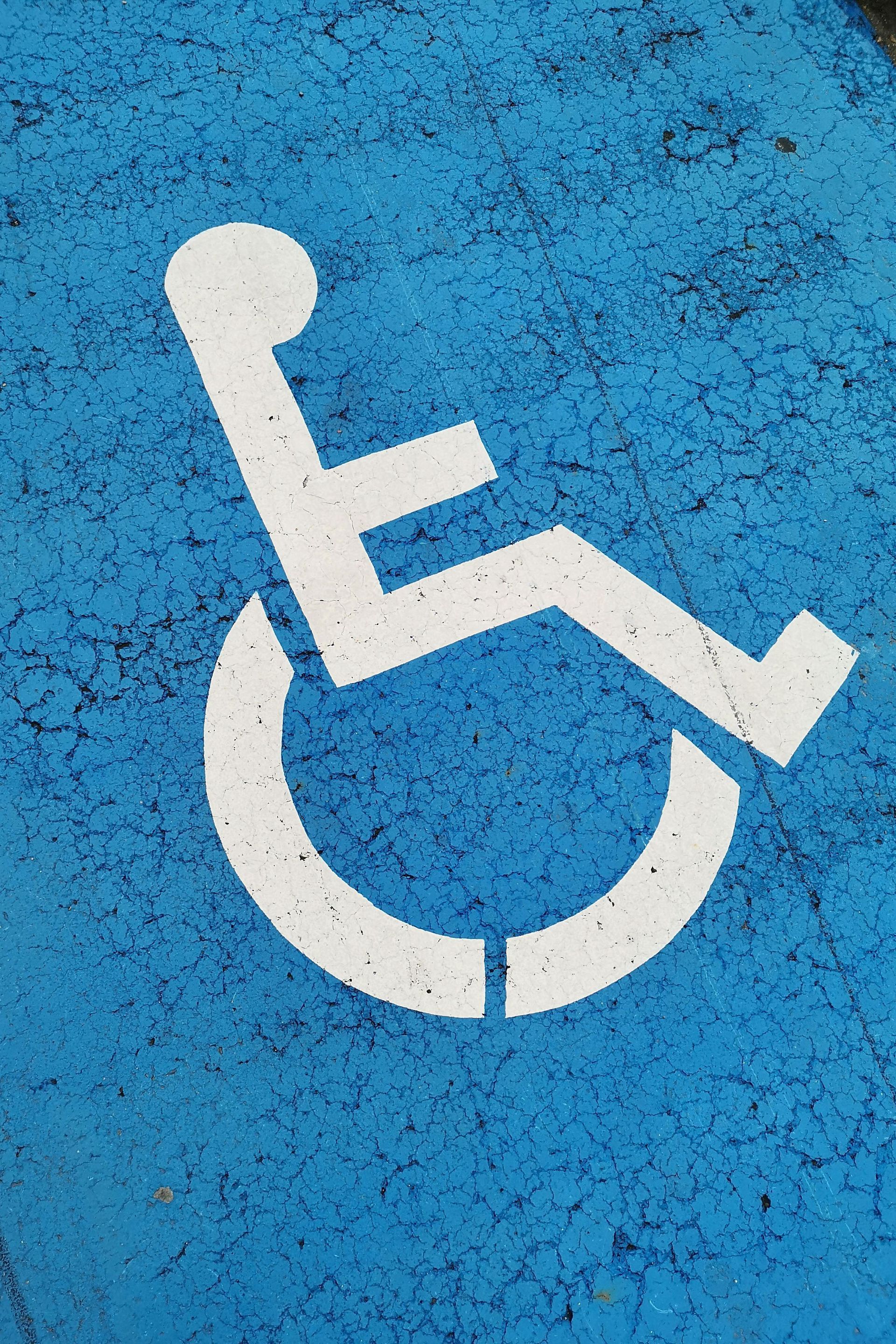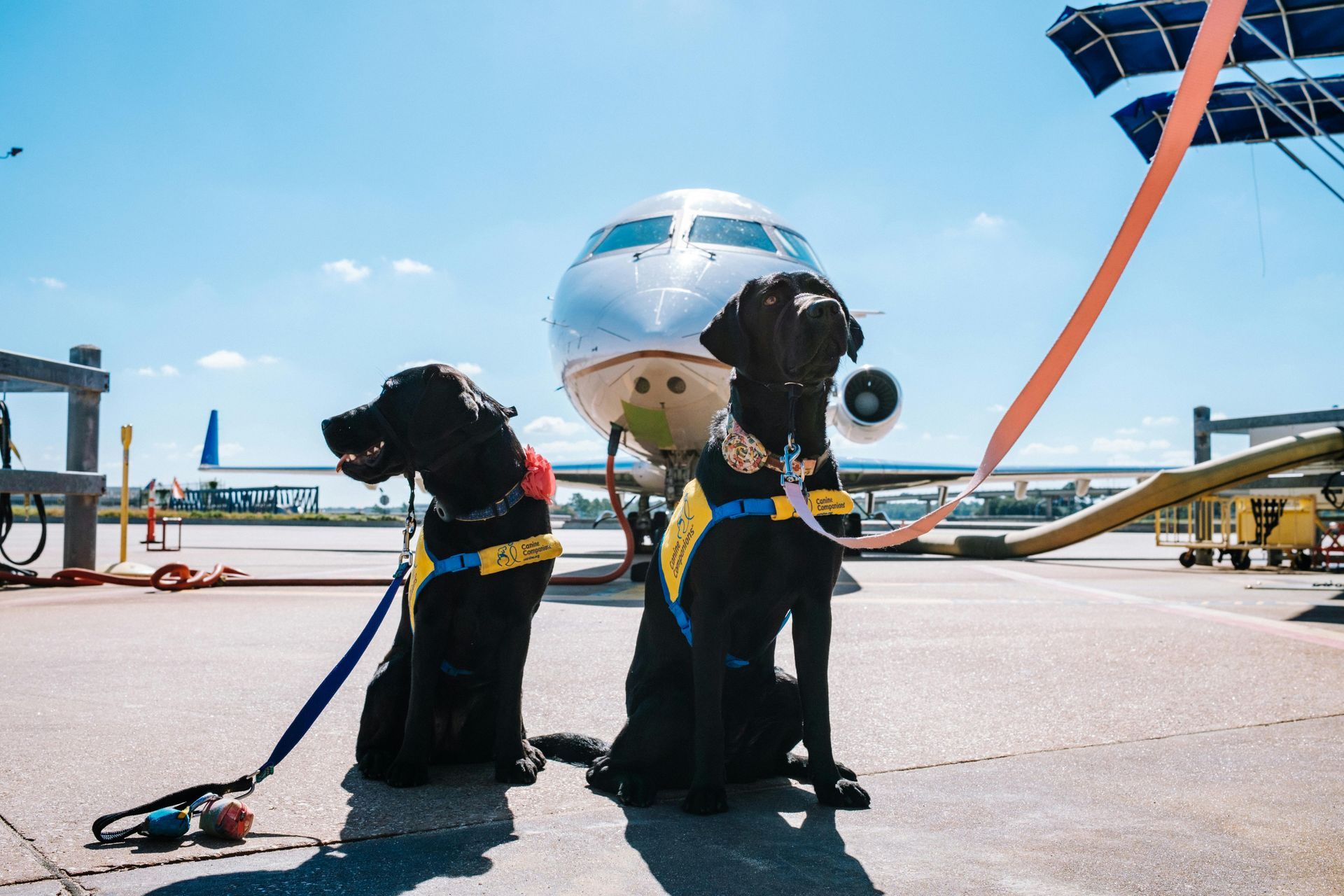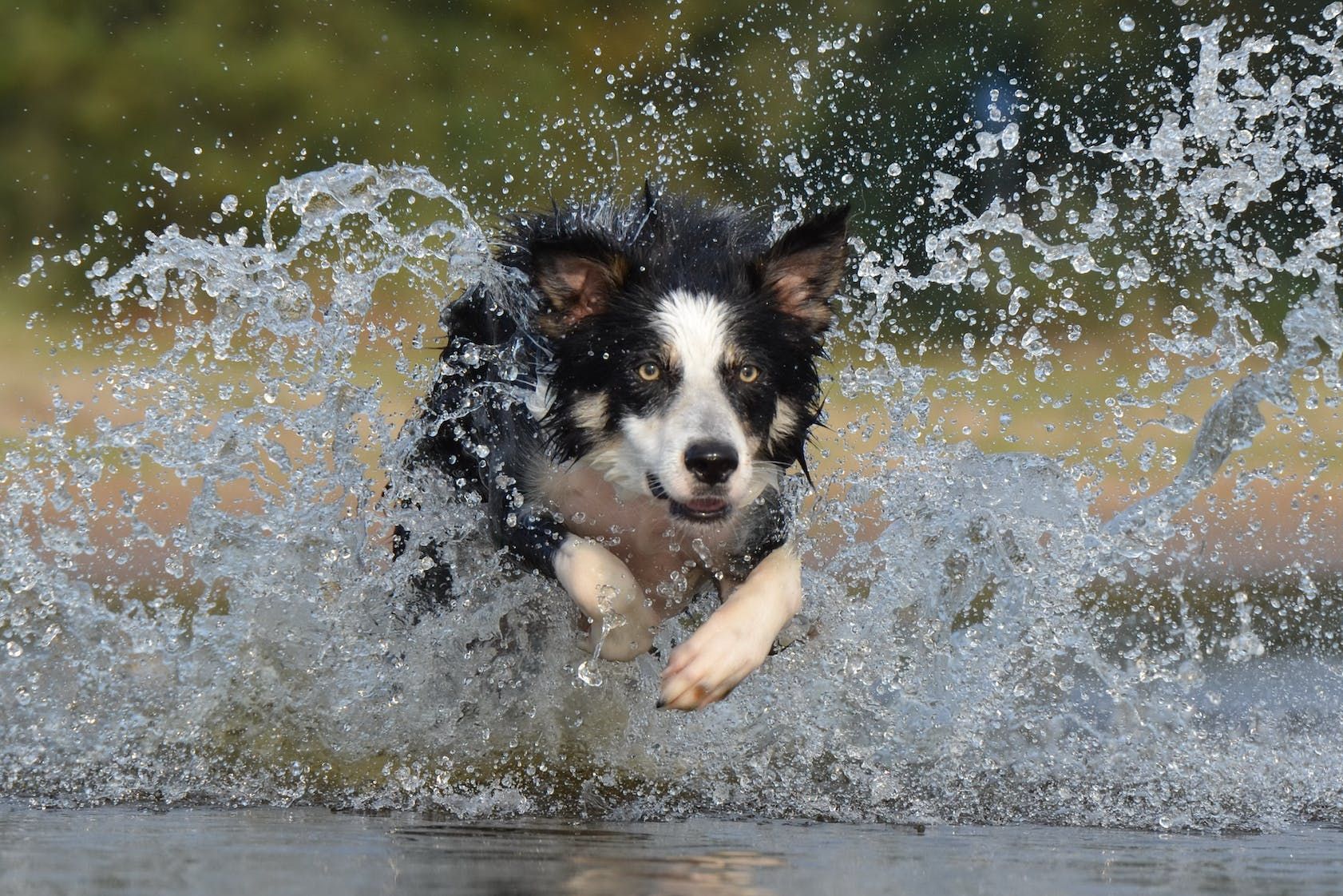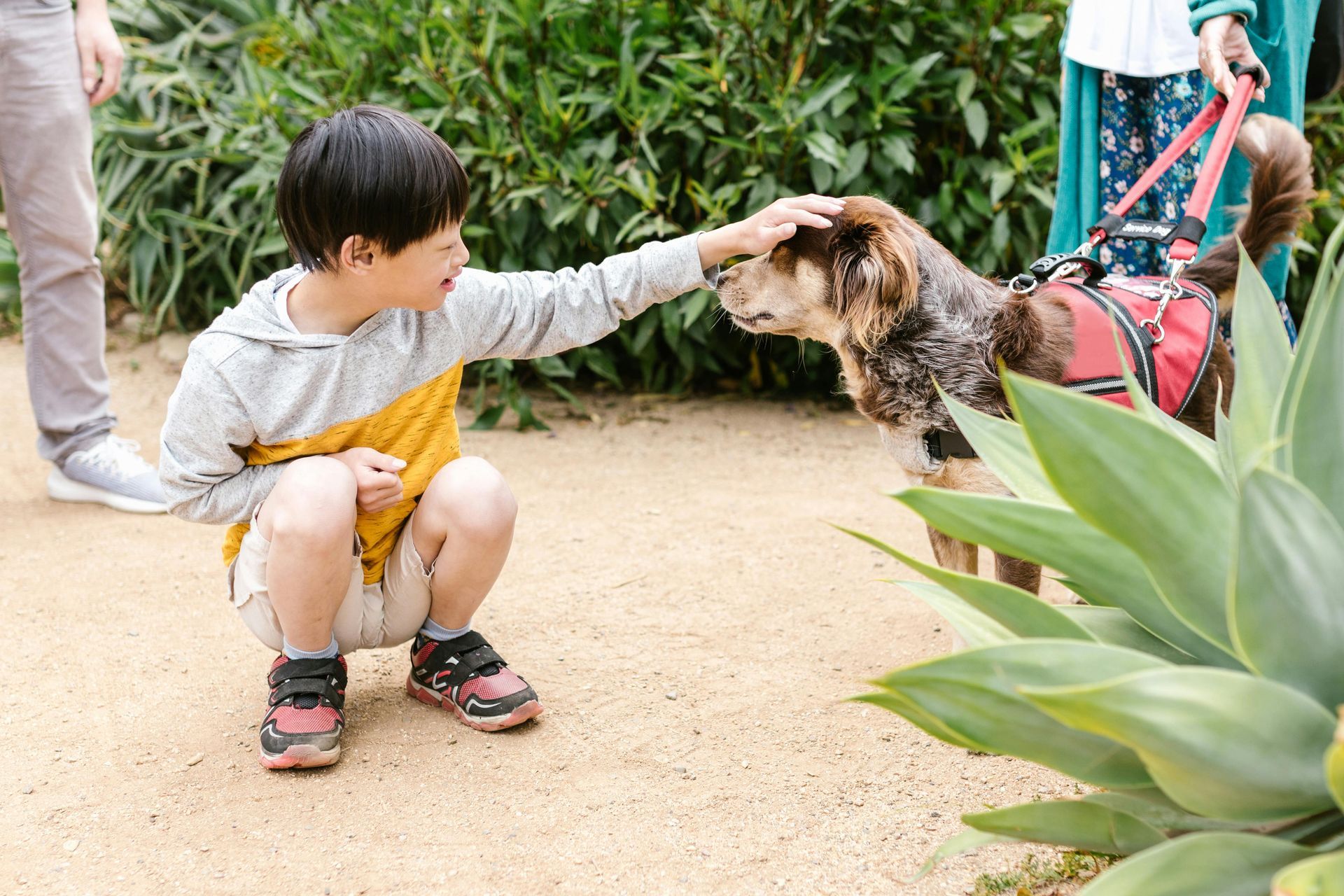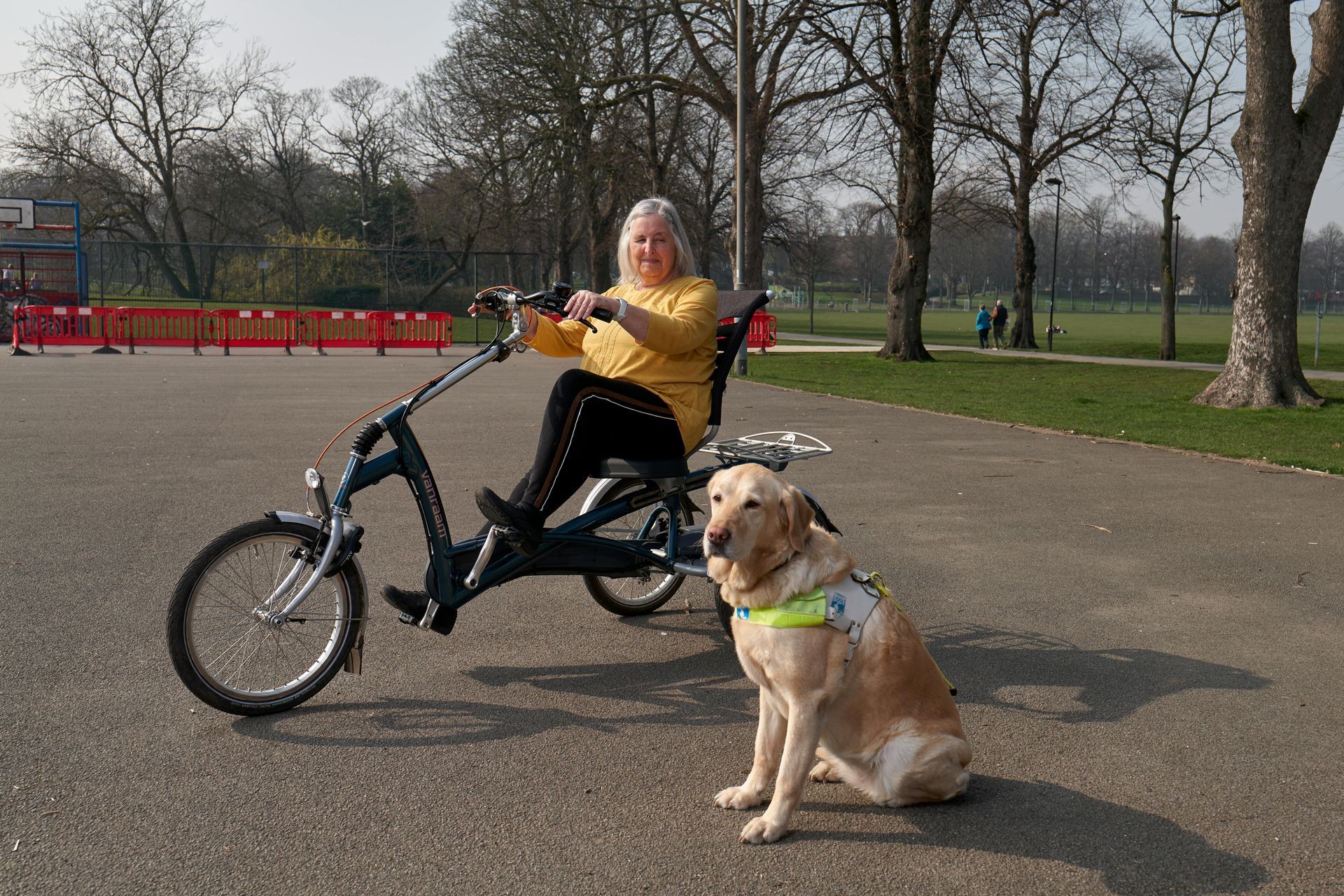The Role of Positive Reinforcement in Service Dog Training: Why It’s Essential
When it comes to training a service dog, there’s no shortage of methods and techniques to choose from. From traditional to modern approaches, each trainer has their own style. But one thing is clear: positive reinforcement is essential in building a strong, healthy relationship between you and your service dog. Not only is it effective, but it’s also the foundation of ethical, humane training practices.
If you’re starting your service dog training journey, or just curious about the methods we use at Tasking Tails, this post is for you. We’ll dive into the importance of positive reinforcement and why it’s the best choice when training your service dog.
What is Positive Reinforcement?
At its core, positive reinforcement involves rewarding desirable behavior to increase the likelihood of that behavior happening again. Instead of focusing on punishing undesirable behaviors, we aim to reinforce good ones with rewards like treats, toys, or praise. When your dog does something right, you reward them immediately, making it clear what action earned the reward.
For example, when your dog responds to a command like “sit,” they receive a treat or praise. Over time, your dog associates following the command with a positive outcome, making them more likely to perform the behavior again.
Why Positive Reinforcement Works So Well
- Builds Trust and Strengthens the Bond
Service dog training is not just about teaching your dog to perform tasks; it’s about building a partnership. Positive reinforcement helps establish trust and respect between you and your dog. When your dog consistently gets rewarded for their good behavior, they start to view training as a fun and positive experience.
This bond is crucial in service dog training because your dog needs to be responsive to your cues in a variety of environments. The more trust they have in you, the better they will respond when you need them to assist you in real-world situations.
- Encourages Willing Participation
Unlike aversive methods (such as using corrections or punishment), positive reinforcement encourages your dog to willingly engage in the training process. It makes learning fun! This is especially important for service dogs who need to remain calm, focused, and ready to perform tasks. A happy, engaged dog is more likely to succeed in complex training scenarios and stressful environments.
- Focuses on the Dog’s Strengths
Every dog is different, and positive reinforcement allows us to highlight and reward the unique strengths and behaviors of each individual dog. Some dogs may be more motivated by treats, others by play or affection. The beauty of positive reinforcement is that it’s adaptable—you can tailor the rewards to match your dog’s preferences, making training more effective and enjoyable.
Positive Reinforcement in Service Dog Training
Training a service dog goes beyond basic commands like “sit” and “stay.” Service dogs are trained to perform specific tasks—whether it’s guiding, providing emotional support, or alerting to medical conditions. This requires consistency, patience, and the ability to reinforce behaviors over time.
Positive reinforcement can be used in the following ways during service dog training:
- Building basic obedience skills: Start with the basics and use treats or praise to reward your dog for listening to commands.
- Task-specific training: As you teach your dog specific tasks (like alerting to a medical condition), reward them when they perform the task correctly. This reinforces the behavior and helps them understand exactly what you want.
- Maintaining focus in public settings: Positive reinforcement is key when it comes to keeping your dog calm and focused in public spaces. You can reward your dog for staying calm and ignoring distractions, helping them stay on task when out in the world.
Why It’s a Better Choice for Service Dogs
Service dogs need to remain calm, responsive, and focused, often in challenging and distracting environments. Using positive reinforcement, rather than punishment-based methods, helps foster these qualities. Positive reinforcement keeps the training experience stress-free for your dog, which is essential for their success as a service dog.
Additionally, positive reinforcement-based training is aligned with the ethical standards of dog training, ensuring that your dog is never put under undue stress or fear. This is especially important since service dogs often work for long hours in stressful environments. You want them to feel confident in their work, not anxious or fearful.
The Tasking Tails Approach
At Tasking Tails, we focus on a holistic, relationship-based approach to training, using positive reinforcement as our cornerstone. Our goal is to ensure that your service dog is not only capable of performing their tasks but also that they enjoy the process. By creating a supportive and positive learning environment, we ensure that your dog’s training is sustainable and enjoyable in the long term.
If you’re training a service dog, we’re here to guide you every step of the way with virtual service dog training. Whether it’s teaching basic commands or task-specific skills, positive reinforcement will be at the heart of our training methods. Together, we’ll create a strong, trusting bond and help your dog become the well-trained, reliable partner you need.
By focusing on positive reinforcement, this blog post establishes your expertise and highlights the humane, effective approach you use at Tasking Tails.
